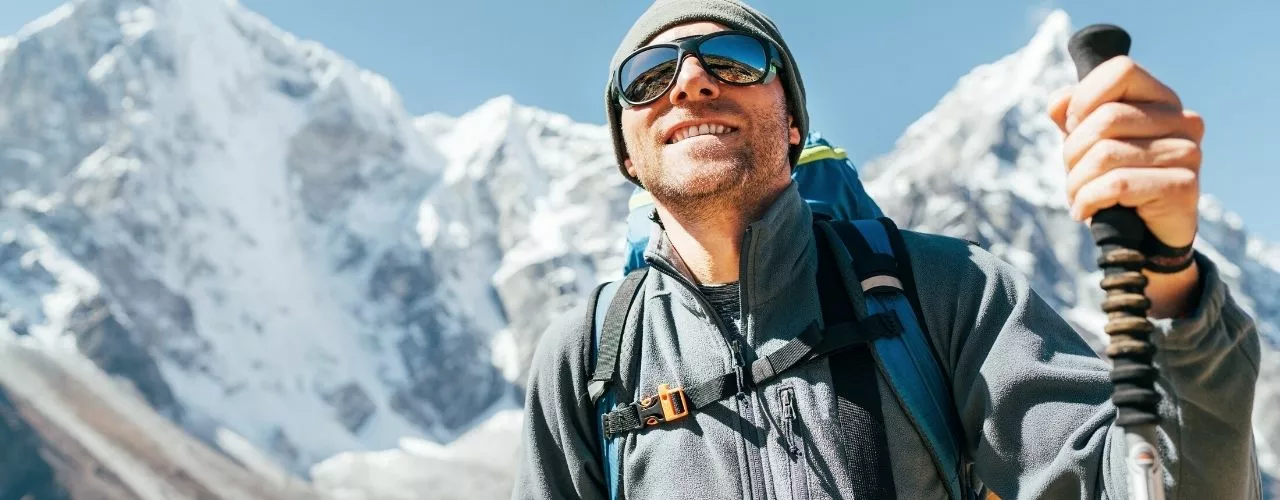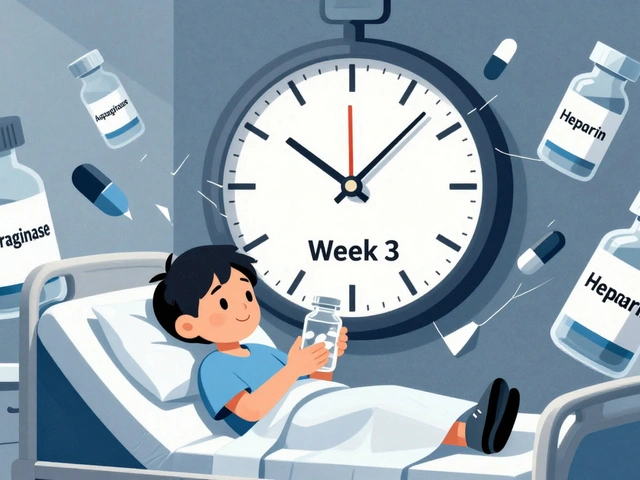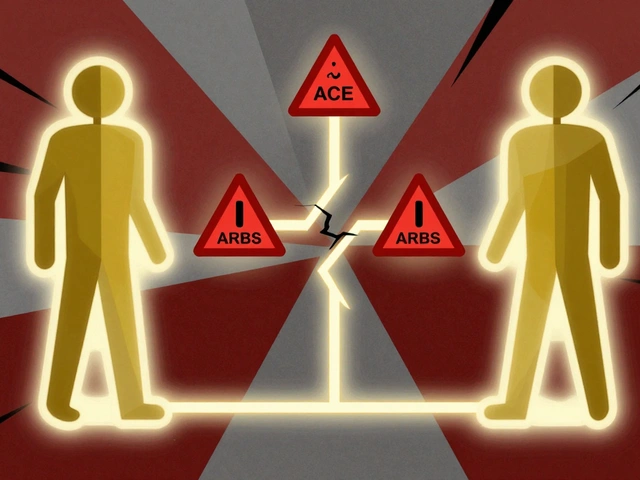Mountain sickness: Symptoms, prevention & what to do
Heading to higher ground? Mountain sickness (altitude sickness) can ruin a trip fast. This short guide helps you spot early signs, reduce risk, and act if things get serious. The tips below are practical, easy to follow, and focused on staying safe on the trail or at a high-altitude town.
How to recognize mountain sickness
Altitude sickness usually starts above about 2,500 meters (8,200 ft). The common early symptoms are headache, nausea, dizziness, tiredness, trouble sleeping, and loss of appetite. If you get a headache that doesn't go away with rest and painkillers, or feel very weak, take it seriously.
Watch for severe signs: shortness of breath at rest, cough producing frothy or pink sputum, rapid breathing, confusion, unsteady walking, or extreme drowsiness. Those can mean high-altitude pulmonary edema (HAPE) or cerebral edema (HACE). Both are emergencies — descend and get medical help right away.
How to prevent and treat it
Prevention beats rescue. Plan a slow ascent: once above 3,000 meters, try not to sleep more than 300–500 meters higher each day. Add a rest day every 2–3 days or after big altitude gains. The “climb high, sleep low” rule helps: you can hike higher during the day but sleep lower.
Simple habits help a lot: drink plenty of water, eat carbs, avoid alcohol and sedatives, and limit heavy exercise the first 24–48 hours. If you have a history of altitude problems, consider pre-acclimatizing with staged hikes or using an altitude simulation program before travel.
Medication can reduce symptoms. Acetazolamide (Diamox) is commonly used to speed acclimatization — people often start 24 hours before ascent and continue for a few days, but check with a clinician first. Dexamethasone can cut dangerous swelling in the brain if AMS is severe, and oxygen or portable hyperbaric bags can buy time while descending. For HAPE, nifedipine and immediate descent plus oxygen are standard emergency measures.
If symptoms are mild, stop ascending and rest until they improve. If symptoms worsen, descend at least 500–1,000 meters or until you feel better. Don’t wait for full recovery to keep going. Emergency evacuation may be needed for HACE or HAPE.
Final practical note: talk with your doctor before high-altitude travel if you have heart, lung, or serious chronic illnesses, or if you’re pregnant. Pack basic meds, a pulse oximeter if you can, and know the evacuation options at your destination. A calm, slow approach keeps most trips safe and enjoyable.

The Role of Hydration in Preventing Mountain Sickness
As a blogger, I can't stress enough the importance of staying hydrated when embarking on mountain adventures. Hydration plays a crucial role in preventing mountain sickness, which is caused by a lack of oxygen at high altitudes. Drinking plenty of water helps maintain proper circulation and aids in the acclimatization process. Additionally, staying hydrated can reduce symptoms like headaches, dizziness, and fatigue. So remember, pack your reusable water bottle and drink up when conquering those peaks!
read more




